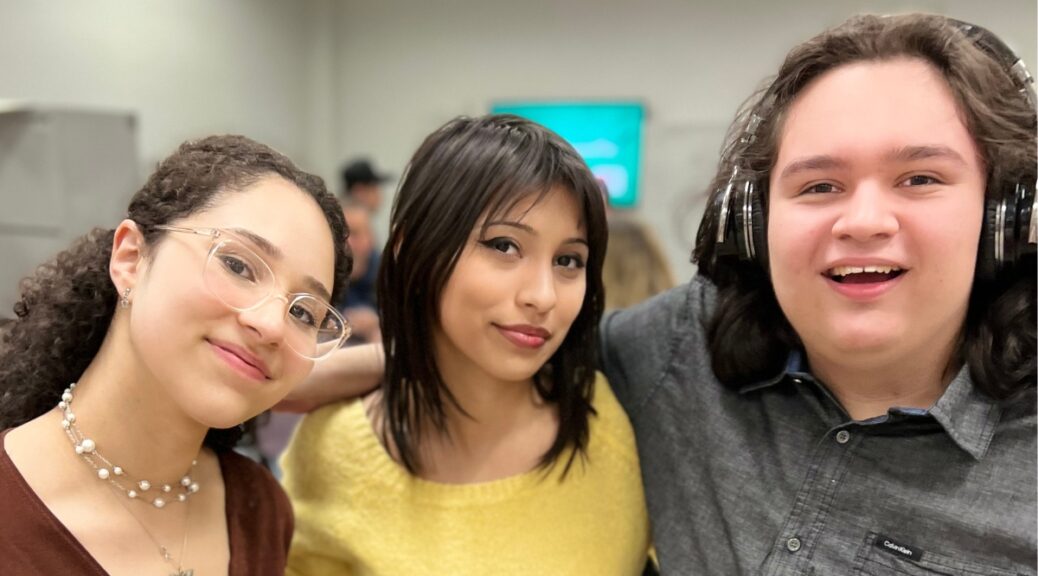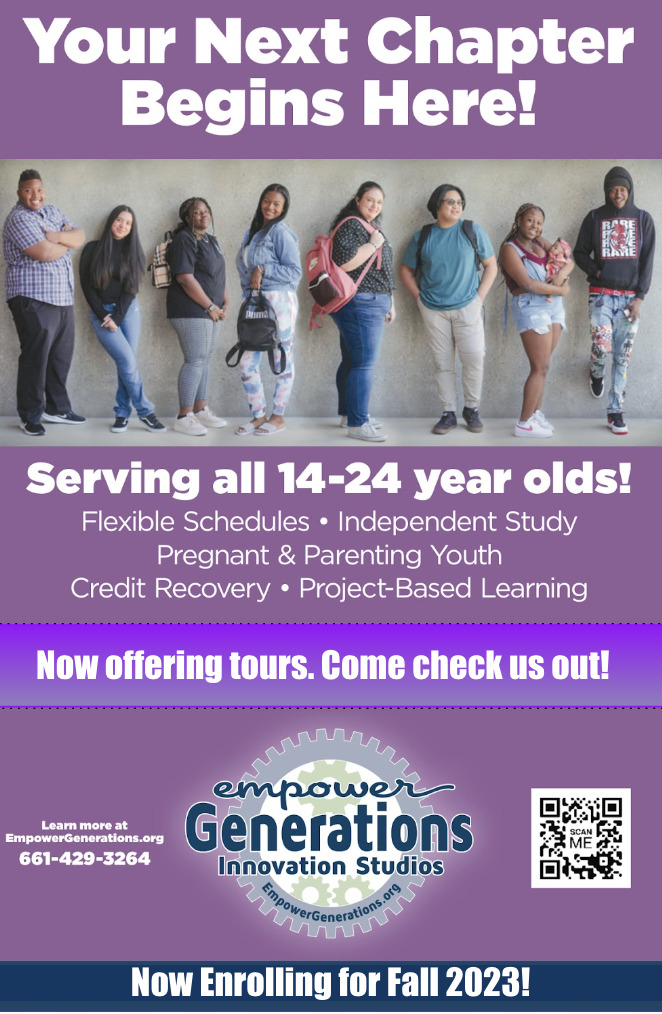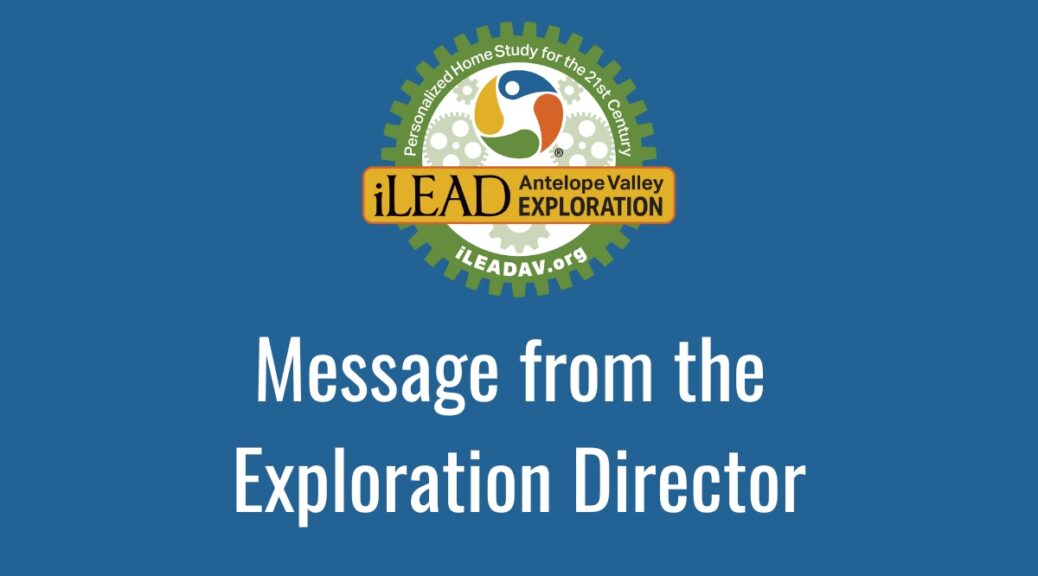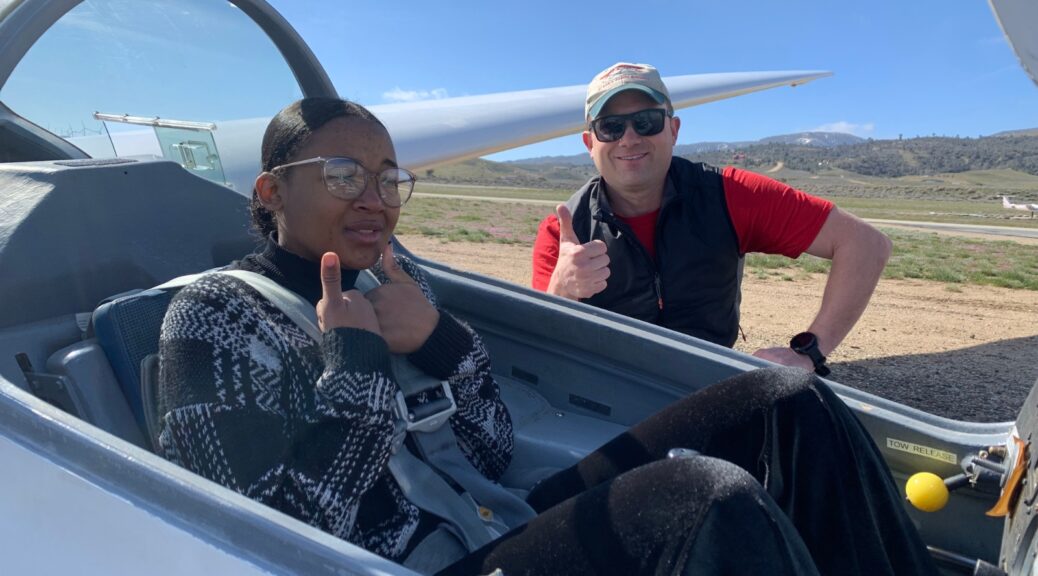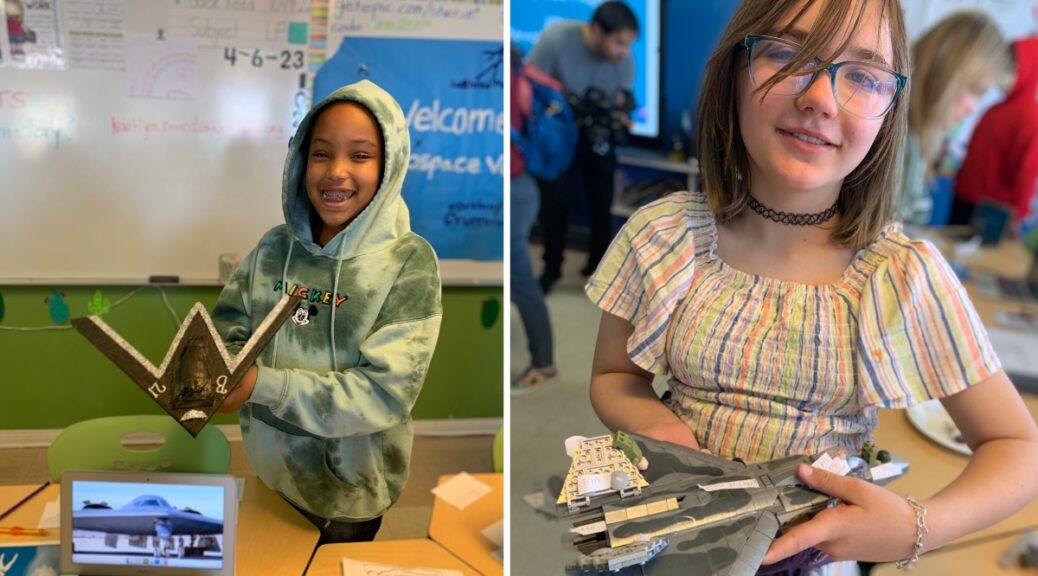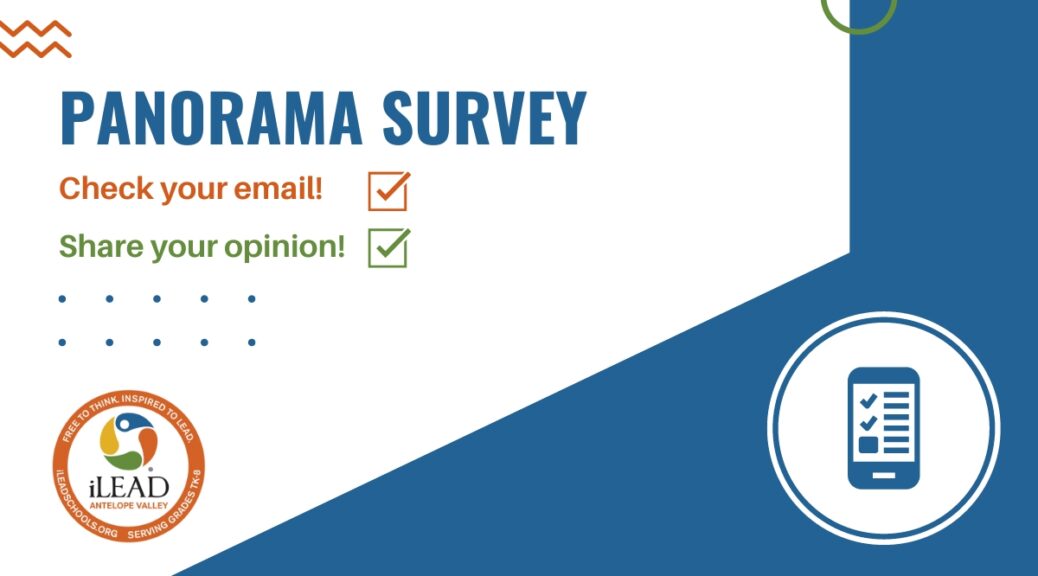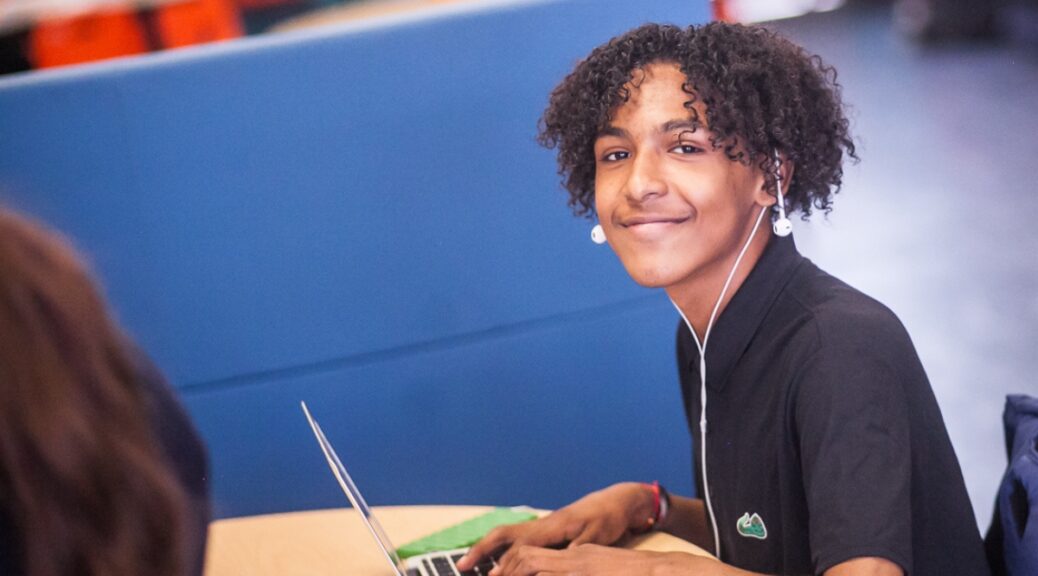Dear iLEAD AV Exploration Families,
We are looking forward to seeing everyone this week for your LP meetings and also at the Poppy Reserve on Friday! Please be sure to sign your Learning Log Friday as soon as you get it. We have to complete our state reporting for attendance on April 7, so we have a quick turnaround to get it done. Thanks for your help.
We will see those of you who want to attend at the Poppy Reserve Friday, April 7, at 10 AM. You are able to park for free by mentioning iLEAD Charter Schools. Like last year, we will meet at the Visitor Center at 10 AM. Then you and your family can walk the trails on a self-guided tour. Be sure to wear appropriate clothing and shoes. You will also want to bring water. Please ensure all your family members stay on the trails. We don’t want to step on the flowers or a snake!
Directions to the Reserve:
The Reserve is located 15 miles west of Lancaster at 15101 Lancaster Road.
- From Highway 14: Take the Avenue I exit and head west 15 miles. Avenue I becomes Lancaster Road.
- From I-5: Take Highway 138 east and turn right on 170th Street West. Make a left at the end, onto Lancaster Road. Follow the road two miles.
Do you know anyone who would benefit from our program next year? Please invite them to come check us out! Word of mouth is the best type of advertising. Let them know we are offering tours every Tuesday at 10 AM. They may register HERE to attend. A virtual TK/Kindergarten Round-Up will be offered on April 24 at 6:30 PM. Click HERE to RSVP.
Also just a reminder: If you haven’t completed your intent to return, we cannot guarantee your child will have a spot next year. Our lottery date (April 5) is fast approaching, and that is when we will offer spots to people from the wait list. If you have not completed your intent to return yet, please click HERE. If you have a new learner enrolling, be sure to fill out the application online HERE.
Enjoy your spring break April 10-17! We’ll look forward to seeing you when school resumes on Tuesday, April 18.
Have a wonderful week!
With gratitude,
Terri Budke
Director of North LA County Exploration
Upcoming Events for iLEAD AV Exploration:
- Fri., 4/7: Poppy Preserve Meetup, 10 AM – 12 PM
- Fri., 4/7: Learning Logs Signed and All Work Due by Noon
- Mon.-Mon, 4/10-17: Spring Break
- Tues., 4/18: School Resumes – No Workshops
- Thur., 4/20: Park Day Meetup, 10 AM – 12 PM, Sgt. Steve Owen Memorial Park @ the playground
- Mon., 4/24: K Round-Up, Virtual, 6:30 PM. RSVP HERE



